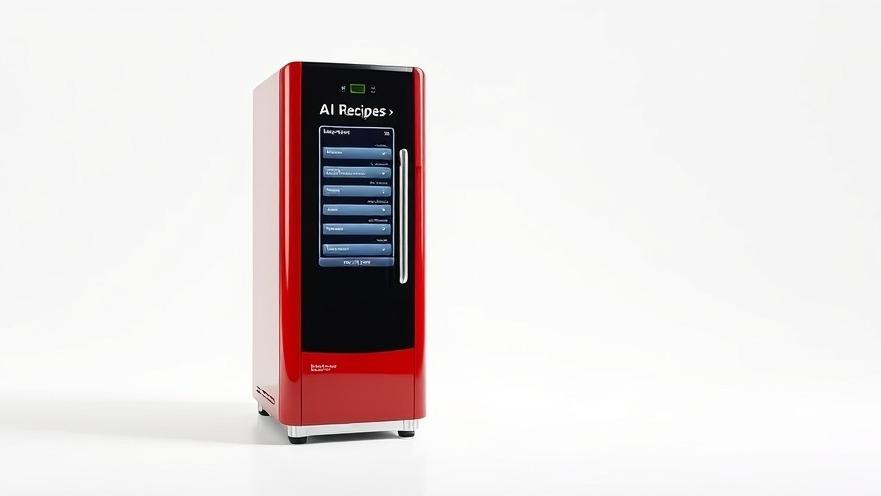
Exploring the Unique Design of Sōko: A Culinary Experience
In Querétaro, Mexico, the new Sōko restaurant is redefining the dining experience with its innovative design that elegantly balances functionality with aesthetic appeal. Designed by the Mexico City studio CAAM + Arquitectos, the restaurant reflects both the modern culinary traditions of Japanese teppanyaki and the rich industrial heritage of its surroundings. This melding of cultural and architectural influences creates a vibrant space, ideal for digital nomads seeking a unique place to work or dine.
The Vision Behind Sōko's Architecture
With the term 'sōko' translating to 'warehouse' in Japanese, the design team embraced the local industrial materials of brick, concrete, and metal. This choice reinforces the area’s character while maintaining a modern touch. The vaulted metal roof, supported by striking I-beams, gives the restaurant its dramatic minimalist profile, creating spacious comfort for patrons. Digital nomads will appreciate the thoughtful layout that includes both private dining areas and communal spaces, ideal for networking or brainstorming in a fresh environment.
The Sensory Experience of the Space
As guests approach Sōko, they enter through a serene outdoor garden flanked by red brick walls. These walls serve to separate the restaurant from the bustling streets, creating an oasis of calm. The interplay of natural light and shadows created by trees and water features adds a dynamic layer to the ambiance, making it not just a place to eat, but a location that stimulates all the senses. This aspect may appeal to digital nomads who thrive in creatively inspiring environments.
Dynamic Internal Design: Blending Comfort with Efficiency
Inside, the restaurant boasts polished concrete floors and wooden furniture that soften the industrial feel while enhancing comfort—key considerations for anyone who spends hours working remotely in a dining environment. The layout not only maximizes visibility of the kitchen and teppanyaki stations but also allows for an intimate dining experience amidst the vibrant decor. The strategic placement of greenery through suspended concrete planters breathes life into the space and helps purify the air, aligning with wellness principles.
Future Trends in Ergonomic Restaurant Design
As the demand for spaces that cater to both dining and work continues to rise among digital nomads, Sōko sets a prime example of how restaurants can evolve. Ergonomic design elements are increasingly important, given their role in helping patrons maintain comfort and focus—for instance, the seating arrangements at Sōko are key to enjoying meals while also being conducive to remote work. Expect to see more establishments like Sōko that prioritize comfortable workspaces within their ambiance, making it easier for diners to seamlessly transition from meal to productive work.
Why Sōko is A Must-Visit for Digital Nomads
Beyond its delicious menu focused on traditional Japanese teppanyaki dishes, Sōko serves as a cultural hub where architecture and cuisine collide. This makes it a great location for digital nomads not only to enjoy quality food but also to experience and appreciate unique architectural designs. The connection between the indoor and outdoor spaces, coupled with efficient zoning, allows for multiple uses of the space—be it dining, working, or simply unwinding.
As more professionals choose digital nomadism, the importance of environments like Sōko will become more significant in enhancing workplace wellness and productivity. The careful design and flow of space can facilitate social connections and inspire creativity, making it ideal for those on the go.
 Add Row
Add Row  Add
Add 




Write A Comment